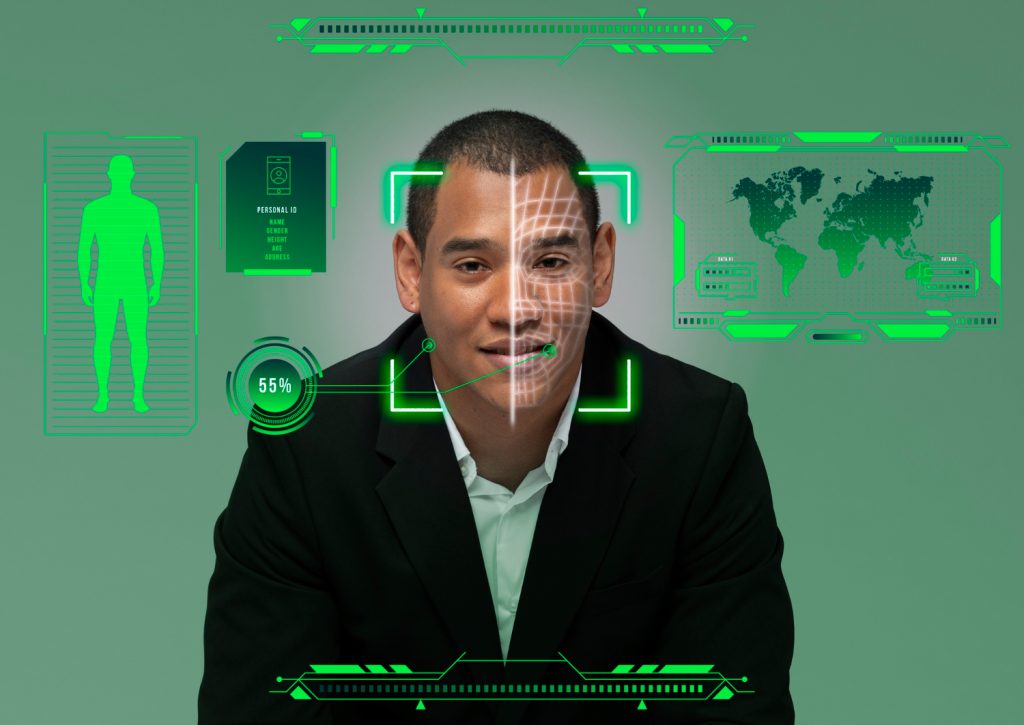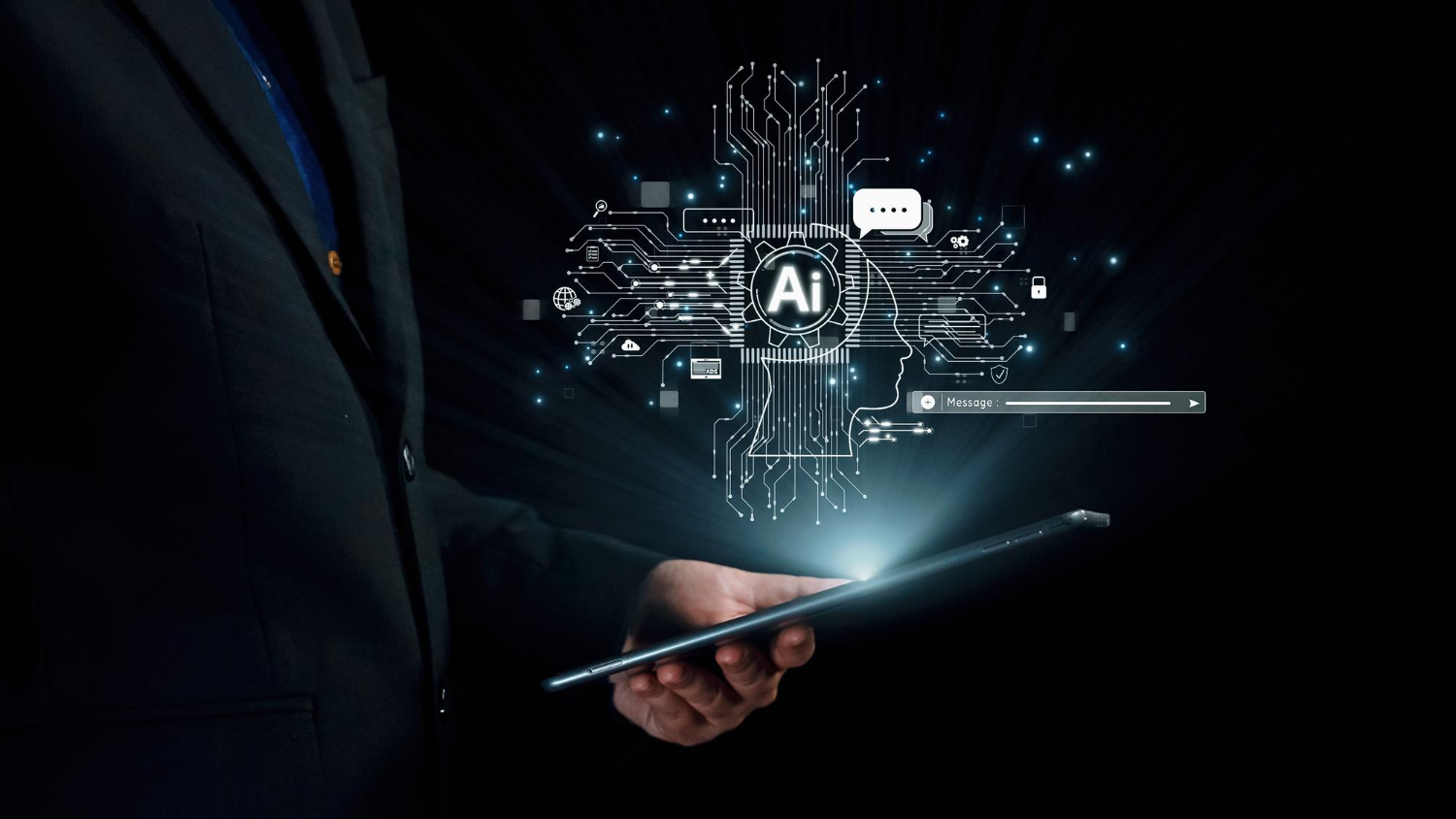Recent studies indicate that 38% of job mismatches can be avoided by leveraging smart technologies like AI in recruitment. Leading manpower companies now use AI to analyze big data and identify behavioral and skill patterns that are difficult for the human eye to detect. What technologies can be the best investment to reduce hiring costs and effort in your company? Here are the details.
7 Common AI Technologies a Professional Manpower Supply Company Uses
1. Skill Gap Analysis Tools
The AI technology used at this phase is data analysis tools (Skill Gap AI Tools), which accurately identify the type of workforce needed to avoid random hiring. Manpower supply companies use this technology to analyze data related to current employees, their job descriptions, and performance indicators across various projects in order to determine existing skill gaps.
The Question Here is: Why is it better to invest in this technology internally before approaching an external manpower company?
Your awareness of the actual recruiting needs in your company will guide the professional manpower company to meet those needs with the best matching workers, especially if this is the first contract with this company. Understanding your workforce requirements is a key factor that complements the manpower company’s experience, resulting in more accurate and successful hiring decisions with fewer mistakes.

2. AI-Powered Candidate Sourcing
The technology used at this phase involves AI sourcing engines such as Eightfold.ai and Seekout, which help you successfully hire professional workers by identifying the best matching candidates from among thousands of resumes in seconds. During this phase, resumes and job data are analyzed through AI-powered databases to find matching candidates. This process is typically carried out by every professional manpower company, leveraging an integrated suite of AI-powered technologies to enhance the precision and efficiency of candidate selection.
3. AI Screening (NLP + Video Analysis)
This is the phase where résumés, skill assessments, and recorded video interviews are reviewed using AI technologies such as NLP and video analysis tools like HireVue and Pymetrics. These are the tools a manpower company uses to help reduce human bias and improve candidate quality in the professional hiring process. This phase is also handled by manpower companies themselves, using an integrated set of technologies to ensure more effective and accurate results.
4. Predictive Analytics for Final Selection
This is the phase where digital results and behavioral data are analyzed to support informed hiring decisions. A manpower company uses technologies such as Predictive Analytics at this point to improve hiring quality by up to 25% and reduce replacement rates.
5. Pre-Arrival VR Training
This phase may be handled either by the manpower company or internally within your organization. It involves the use of virtual reality to train workers on their tasks and work environments before they arrive in the Kingdom. Using Virtual Reality combined with Simulation AI, this approach helps shorten the onboarding period and ensures that workers are job-ready from day one.
6. Predictive Hiring (Machine Learning)
This phase involves analyzing past performance data and behavioral patterns to predict high-performing candidates, using technologies such as Machine Learning and Historical Data Mining. The goal is to hire more stable, productive, and top-performing workers. It can be carried out internally using these AI tools or handled by the professional manpower company, depending on your hiring strategy.
7. Performance Monitoring and Development (AI in Performance Management) :
This stage focuses on analyzing employee performance and identifying development opportunities using tools such as AI-based dashboards and KPI tracking systems. These technologies help improve employee retention, reduce turnover and resignation rates, and minimize the risk of workforce attrition.
And the Question Here is: Are AI technologies alone sufficient for professional manpower hiring?
Not at all. AI and its related tools are valuable assistants in the decision-making process, but they are not a substitute for human judgment. It remains essential to consult with experts within your organization, alongside the specialists at the manpower company, to make a well-informed and successful hiring decision.

Why AI Can’t Fully Replace Human Judgment in Professional Manpower Hiring: 3 Key Reasons
Despite the advanced capabilities of AI in recruitment, it cannot replace human decision-making, especially when hiring a professional manpower company in Saudi Arabia. Here are three critical reasons:
1. Cultural and Technical Context Gap
AI can analyze résumés and assess skill levels, but it cannot grasp subtle, yet critical, nuances, such as a candidate’s ability to adapt to Saudi workplace culture, respect local traditions and religious values, or align with the behavioral expectations of a Saudi work environment.
Moreover, AI has limitations in evaluating job-specific technical nuances. For example, many companies hire skilled electricians only to discover later that they cannot properly read electrical schematics used in Saudi Arabia. The Kingdom follows the Saudi Electrical Code (SEC Code), adapted from the American NEC standard to suit the local context.
This means a technician trained under the European IEC code might struggle with symbols and notations used in Saudi project blueprints.
This is where working with trusted manpower experts, such as the Saudi Manpower Solutions Company (SMASCO), adds value. SMASCO ensures that each candidate is vetted for both technical competence and cultural compatibility before hiring, closing skill gaps and aligning workers with your operational needs from day one.
To hire skilled, job-ready, and culturally aligned professional manpower, contact SMASCO today.
2. Limited Ability to Assess Soft Skills
AI might tell you that a worker has five years of welding experience, but it cannot accurately evaluate:
- Problem-solving in real-life field scenarios (e.g., handling difficult customer requests in service industries).
- Work ethics such as punctuality, reliability, and teamwork.
- Adaptability and the willingness to quickly learn new skills.
These soft skills are often the difference between a good hire and a great one, something only human judgment can consistently detect.
3. Lack of Strategic Insight
While AI can suggest the most technically qualified candidate, it takes human expertise to anticipate long-term performance and align hiring decisions with your company’s future direction.
In today’s competitive labor market, where skill shortages and high replacement costs are ongoing challenges, AI should be treated as a strategic tool, not a replacement for expert judgment. When used wisely, AI can reduce hiring costs by up to 40% and prevent mismatched hires. But ultimately, human insight remains essential, especially for evaluating cultural fit, behavior, and long-term potential, areas where machines still fall short.
Sources:
- BCG: Addressing the Global Skills Mismatch
- WEF: Future of Jobs Report 2023
- McKinsey: Recruiting with AI
- PwC: Using VR to Train Employees
- HBR: Predictive Hiring

